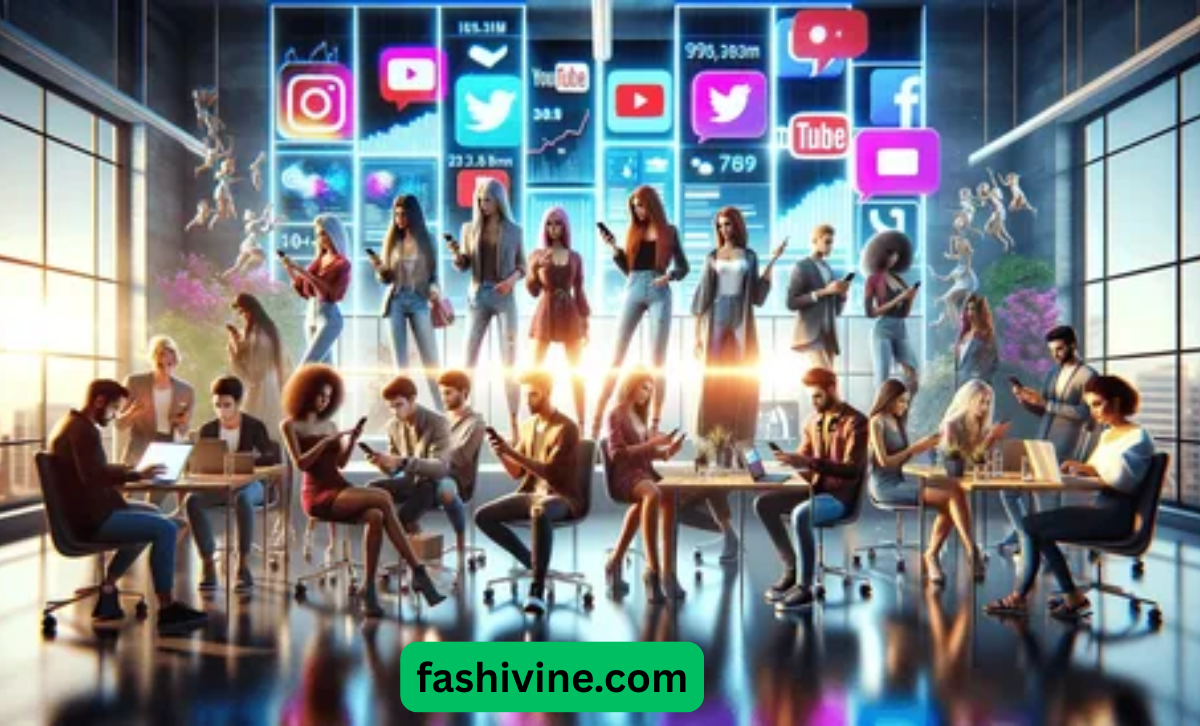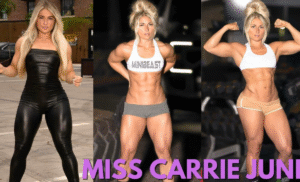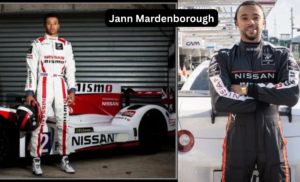In a world where attention is currency, social media influencers have mastered the art of capturing it—sometimes by pushing boundaries that leave audiences shocked, entertained, and coming back for more.
The phenomenon of “influencers gone wild” has transformed how we consume content, perceive online personalities, and even how brands approach digital marketing. This deep dive explores the raw, unfiltered reality behind the digital fame that drives influencers to extreme measures and why audiences can’t seem to look away.
The Rise of Influencers: A Brief Overview
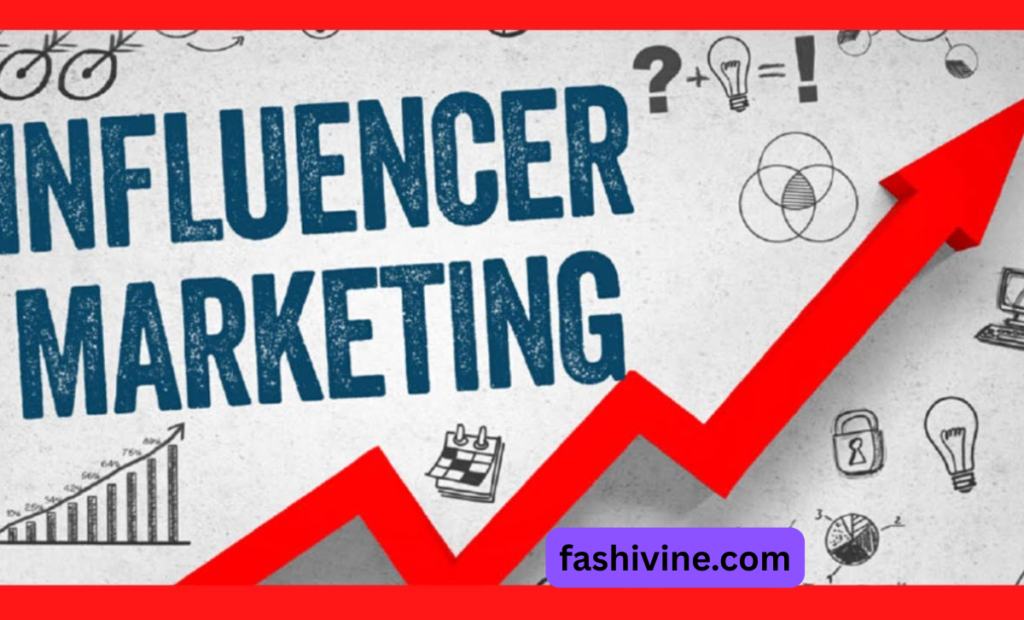
Social media influencers emerged from humble beginnings as everyday people sharing their passions online to become powerful marketing forces commanding audiences in the millions. What started with basic lifestyle blogs in the early 2000s evolved into multi-platform empires spanning Instagram, TikTok, YouTube, and beyond. In the USA alone, influencer marketing grew from a $1.7 billion industry in 2016 to exceeding $21 billion in 2024, demonstrating the incredible shift in how consumers discover products and engage with content.
These digital personalities have transformed from simple content creators to cultural tastemakers, with some achieving celebrity status that rivals or even surpasses traditional Hollywood fame.
Understanding the “Gone Wild” Phenomenon
The phrase “influencers gone wild” refers to the increasingly boundary-pushing behaviors digital personalities engage in to capture attention in an oversaturated market. This phenomenon isn’t simply about controversial statements or actions—it encompasses a spectrum of attention-grabbing tactics from orchestrated feuds and shocking pranks to dangerous challenges and deliberately provocative content.
The evolution of this trend parallels the increasing difficulty of standing out online, with algorithms that reward engagement (regardless of whether that engagement is positive or negative) pushing creators to more extreme measures. What might have been considered outrageous in 2015 has become normalized, forcing influencers to continually push boundaries further.
The Actual Meaning of “Gone Wild” in This Regard
When we talk about “influencers gone wild,” we’re referring to a distinct type of boundary-pushing behavior that differs from traditional controversy. Unlike calculated PR stunts of old Hollywood, the “gone wild” phenomenon typically involves real-time, seemingly unfiltered moments that appear spontaneous even when they’re not. The spectrum ranges from relatively harmless pranks and challenges to genuinely concerning behavior that raises ethical questions.
What constitutes “going wild” has evolved dramatically as audience expectations rise and platform policies tighten—what shocked viewers in 2018 might barely register today. The interpretation of this phenomenon also varies significantly across demographic groups; Gen Z might view certain behaviors as authentic self-expression while older audiences see the same actions as inappropriate attention-seeking.
The Appeal of Influencers Gone Wild Content
1. Entertainment Value
The psychological draw of watching influencers push boundaries taps into the same mechanisms that make us slow down for car accidents—our brains are wired to pay attention to the unusual, unexpected, or potentially dangerous. Audiences experience a dopamine rush when witnessing shocking content, creating a powerful incentive for both creators and viewers to participate in this ecosystem.
High-profile cases like Logan Paul’s controversial Japanese forest video generated millions of views despite (or perhaps because of) the backlash, demonstrating how shock value translates directly to engagement metrics.
2. Relatability and Authenticity
The appeal of “gone wild” content paradoxically lies in its perceived authenticity. When influencers break character, lose control, or share unfiltered moments, audiences feel they’re getting a glimpse behind the carefully curated façade typical of social media.
This creates a sense of intimacy and relatability that standard polished content cannot achieve. The irony, of course, is that many “authentic” moments are strategically planned for maximum impact. This phenomenon creates what experts call “performed authenticity”—deliberately crafted content designed to appear spontaneous and genuine. Research shows that audiences form stronger parasocial relationships with influencers who share their imperfections and vulnerabilities, explaining why content featuring emotional breakdowns, personal struggles, or behind-the-scenes chaos often outperforms standard promotional material
3. FOMO (Fear of Missing Out)
“Influencers gone wild” moments create cultural touchpoints that nobody wants to miss. When an influencer melts down on Instagram Live or posts shocking content, it becomes tomorrow’s conversation—driving audiences to consume content immediately rather than risk being left out.
The viral nature of these incidents, amplified by reaction videos, commentary channels, and media coverage, creates a snowball effect that can turn a single moment into a weeks-long topic of discussion. Platform algorithms recognize and reward this high engagement, pushing controversial content to more viewers and creating a self-reinforcing cycle. This dynamic creates escalating expectations, with audiences anticipating and even demanding increasingly shocking content from their favorite creators.
The Risks and Effects on Brands
1. Brand Reputation
For brands, partnering with influencers who “go wild” represents a double-edged sword of opportunity and risk. While controversial influencers often command the highest engagement rates, their unpredictability can lead to devastating brand association consequences. High-profile partnerships gone wrong—like when beauty brand Morphe faced backlash after influencer Jeffree Star became embroiled in racial controversy—demonstrate how quickly a lucrative relationship can turn toxic.
The damage extends beyond the immediate scandal; brands associated with problematic influencers often face lingering perception issues, especially among younger consumers who value corporate responsibility.
2. Target Audience Alignment
The alignment between an influencer’s audience and a brand’s target market becomes particularly complicated when dealing with creators known for pushing boundaries. While brands might be attracted to an influencer’s reach and engagement metrics, they must carefully consider whether that audience represents potential customers or merely entertainment-seekers with no purchase intent.
Research indicates that followers of controversial influencers often watch for the spectacle rather than the recommendations, potentially diminishing conversion rates for partnered brands. Demographic misalignment presents another challenge—an influencer popular with Gen Z might generate engagement but damage a brand targeting older demographics if their “gone wild” content alienates those consumers.
3. Consumer Trust and Authenticity
The “gone wild” phenomenon fundamentally impacts consumer trust in influencer marketing. When audiences suspect that dramatic moments are staged for engagement, they may extend that skepticism to product recommendations and endorsements. Studies show declining trust in influencer recommendations, with 47% of consumers reporting they’ve become more skeptical of influencer content in the past two years. However, paradoxically, when influencers appear genuinely authentic—even in controversial moments—their recommendations often carry increased weight with their core audience.
This creates a challenging balance for brands seeking authentic advocacy without the potential fallout from truly unfiltered behavior. Some forward-thinking companies have responded by shifting toward long-term partnerships with fewer influencers rather than one-off campaigns, building relationships that encourage authentic advocacy while providing some guardrails around content. The most successful brand-influencer relationships now involve collaborative content development that satisfies both the creator’s need for authenticity and the brand’s need for appropriate representation.
The Future of Influencers Gone Wild
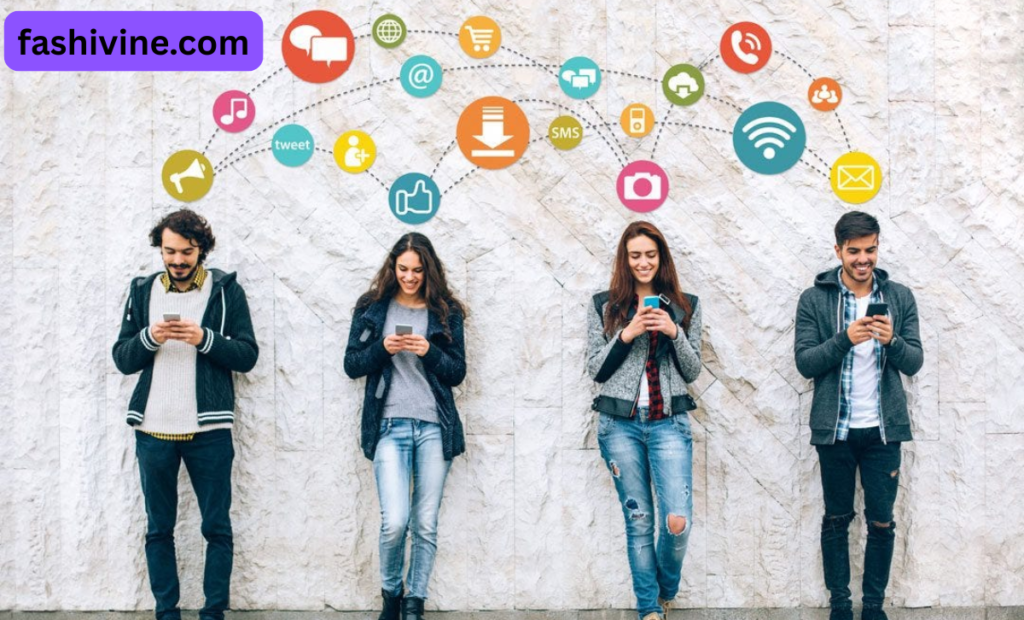
The trajectory of the “influencers gone wild” phenomenon points toward both escalation and eventual correction. As platforms implement stricter content policies in response to advertiser concerns and regulatory pressure, creators are developing increasingly sophisticated methods to deliver shock value while technically complying with guidelines. Meanwhile, audience fatigue with manufactured controversy is driving a counter-trend toward genuinely authentic, value-driven content that stands out precisely because it doesn’t rely on shock tactics.
Forward-looking industry experts predict a market segmentation, with some influencers doubling down on controversy while others differentiate through consistency and reliability. Technologies like AI content moderation and blockchain verification will likely play increasing roles in managing brand risk and verifying authentic content.
The Growing Power of Social Media Influencers
The influence wielded by digital creators continues to expand beyond traditional marketing domains into politics, social causes, and cultural movements. In 2024, influencer recommendations drive an estimated 72% of purchase decisions among consumers under 25, demonstrating how these digital personalities have supplanted traditional advertising for entire demographic segments.
Beyond commerce, influencers increasingly shape political discourse, with campaigns recognizing their ability to mobilize voters and frame issues for younger audiences. This expanding power carries significant implications for information flow, with influencers often bypassing traditional media gatekeepers to deliver unfiltered messaging directly to millions. The financial ecosystem supporting this influence continues to diversify beyond sponsored posts to include merchandise lines, subscription content, and influencer-founded companies valued in the hundreds of millions.
What are Influencers and Their Influence?
At their core, influencers are individuals who’ve built audiences based on perceived expertise, entertainment value, or lifestyle aspiration—leveraging that attention to shape opinions and behaviors. The influence mechanism works through a combination of parasocial relationships (where followers feel personally connected to creators they’ve never met) and social proof (the psychological tendency to look to others for behavioral guidance).
Unlike traditional celebrities, influencers typically maintain an illusion of accessibility and relatability that strengthens audience connection and trust. The psychological impact of this influence shouldn’t be underestimated—studies show that 61% of consumers trust influencer recommendations over brand statements, and 82% have made purchases based on influencer content. This influence extends beyond purchasing decisions to affect everything from fashion trends and travel destinations to political opinions and health choices. commercial and social purposes.
Most Shocking Influencer Moments
The history of social media is punctuated by boundary-pushing moments that defined the evolving limits of acceptable online behavior. From Logan Paul’s controversial Japanese forest video that generated international outrage to beauty guru James Charles’ very public feud with mentor Tati Westbrook that lost him millions of subscribers in days, these incidents often serve as inflection points for both the individuals involved and the broader influencer industry.
Fitness influencer Brittany Dawn’s retreat scam that left followers thousands of dollars poorer demonstrated how quickly parasocial trust can transform into feelings of betrayal. The fallout from these incidents follows predictable patterns: initial shock, viral spread, public condemnation, carefully crafted apologies, and eventually, career rehabilitation.
What’s particularly notable is how resilient influencer careers often prove in the face of scandals that would end traditional media careers—David Dobrik returned to creating content despite serious controversies surrounding his Vlog Squad, and Jeffree Star maintained a substantial audience despite repeated accusations of racist behavior.
The Cultural Phenomenon of Influencers Gone Wild
The normalization of extreme online behavior reflects and shapes broader cultural shifts in how we understand privacy, authenticity, and acceptable social conduct. What was once confined to reality television has become democratized across social platforms, with everyday creators pushing boundaries for visibility.
This phenomenon both responds to and reinforces changing cultural norms, particularly among younger demographics who’ve grown up with increasingly unfiltered content as their baseline expectation. Generational divides in reaction to “gone wild” content are pronounced—what Boomers and Gen X view as shocking attention-seeking behavior, Millennials and Gen Z often interpret as refreshing authenticity or justified boundary-pushing.
How ‘Influencers Gone Wild’ is Redefining Social Norms and Shaping Culture
The normalization of boundary-pushing behavior online is gradually reshaping broader social norms, with effects that extend well beyond digital spaces. The constant exposure to increasingly extreme content creates a desensitization effect, where yesterday’s shocking behavior becomes today’s standard content.
This shift manifests in everything from dating behaviors to workplace expectations, as the performative vulnerability modeled by influencers becomes expected in interpersonal interactions.
Research from social psychologists indicates concerning trends in how young people conceptualize privacy and appropriate self-disclosure after years of influencer consumption. However, the impact isn’t entirely negative—the willingness of influencers to discuss previously taboo topics like mental health, sexuality, and personal finance has democratized important conversations and reduced stigma around these issues.
Influencers Gone Wild’s Impact on Business
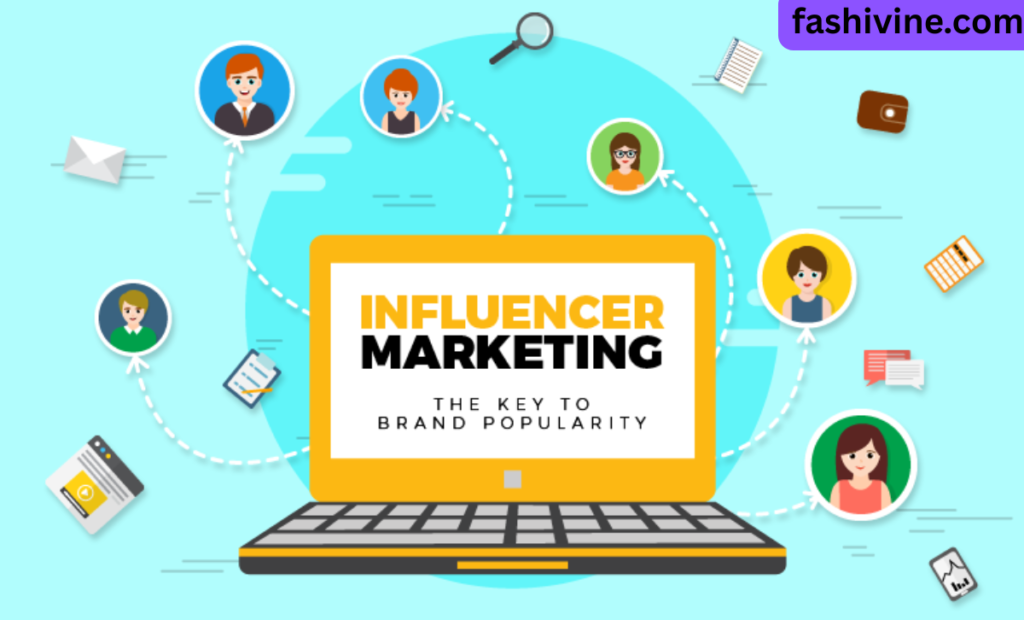
The “gone wild” phenomenon has fundamentally reshaped how businesses approach marketing, consumer engagement, and brand identity. Companies increasingly find themselves navigating a complex landscape where traditional conservative approaches risk irrelevance while too-edgy positioning creates significant downside risk.
The most adaptive businesses have developed sophisticated strategies that leverage the engagement benefits of boundary-pushing content while implementing safeguards against potential backlash. New service industries have emerged specifically to help brands navigate these waters, including influencer vetting agencies, real-time monitoring services, and crisis management firms specializing in social media fallout.
How a Brand-Influencer Collaboration Takes Place?
Modern brand-influencer collaborations have evolved far beyond transactional sponsored posts into sophisticated partnerships with multiple safeguards against potential controversies. The process typically begins with extensive vetting, where brands analyze not just an influencer’s current content but their complete digital history, audience demographics, engagement patterns, and previous partnership performance.
Once selected, collaboration agreements now routinely include detailed content approval processes, morality clauses, crisis management protocols, and usage rights that extend well beyond the initial campaign. Forward-thinking brands establish authentic long-term relationships rather than one-off sponsorships, allowing influencers to genuinely integrate products into their lives while maintaining creative control within established guidelines. Many brands now make in these partnerships.
Capitalizing on Viral Content
The economics of “gone wild” moments reveal a complex incentive structure that often rewards extreme behavior despite public condemnation. Viral controversies typically follow a predictable revenue pattern: initial engagement spikes generate substantial ad revenue, followed by demonetization as platforms respond to backlash, leading creators to pivot to alternative revenue streams like merchandise that capitalize on the attention while circumventing platform restrictions.
Savvy influencers have learned to monetize even their cancellations through “response” videos that often outperform their regular content, explanation livestreams with lucrative “super chat” donations, and carefully timed product launches that leverage heightened attention. This economic reality creates powerful incentives for boundary-pushing behavior, particularly for creators struggling with declining engagement. The platforms themselves face conflicting incentives—controversial content drives user engagement and time-on-site metrics while simultaneously creating advertiser safety concerns and potential regulatory scrutiny.
Influencers Gone Wild and Mental Health
The psychological implications of the “gone wild” phenomenon extend to both creators and audiences, raising significant mental health concerns. For influencers, the pressure to continuously produce increasingly extreme content creates unsustainable stress cycles, with research showing concerning rates of burnout, anxiety disorders, and identity disturbances among long-term creators.
The blurring of personal and professional identities—where one’s authentic self becomes content—creates particularly complex psychological challenges around self-worth and validation. For audiences, regular consumption of extreme content contributes to desensitization effects and potentially unhealthy comparison behaviors, with studies indicating correlations between heavy consumption of “gone wild” content and increased anxiety, decreased self-esteem, and distorted perceptions of normal behavior.
The Burden of Stardom
Digital fame carries unique psychological burdens that contribute to and result from “gone wild” behaviors. Unlike traditional celebrities with established support systems and gradual fame trajectories, social media stars often experience sudden, overwhelming attention without preparation or infrastructure. The resulting pressure creates a perfect storm of stressors: constant content demands, relentless public scrutiny, parasocial expectations from millions of strangers, and the knowledge that algorithm changes or controversy could end their careers overnight.
Research into creator psychology reveals concerning patterns of identity fusion, where the distinction between authentic self and online persona gradually erodes, creating existential vulnerabilities when engagement metrics decline.
Handling Public Scrutiny and Criticism
The intensity of public criticism following “gone wild” moments creates unique psychological challenges that few influencers are prepared to handle. The scale of modern backlash—where millions may simultaneously express disapproval—exceeds typical human social adaptation capacities, triggering profound fight-or-flight responses even in otherwise resilient individuals.
Research into post-controversy behavior reveals common maladaptive coping patterns: defensive escalation, victim positioning, overcorrection, complete withdrawal, or counter-attacks that often worsen situations. The healthiest response patterns involve brief technology separation, consultation with trusted advisors rather than immediate reaction, genuine accountability without self-flagellation, and proportional response that neither minimizes nor catastrophizes situations. Platform design exacerbates these challenges through engagement algorithms that amplify negative feedback and notification systems that deliver criticism in overwhelming volumes.
Why Do the Audience Engage When Influencers Go Wild?
The psychological drivers behind audience engagement with extreme content reveal complex human motivations beyond simple entertainment. Research identifies several key mechanisms: the superiority effect (where witnessing others’ mistakes creates self-enhancement through downward comparison), uncertainty reduction (where controversial moments reveal influencers’ “true selves,” satisfying deep curiosity), parasocial bonding (where shared emotional experiences during controversies create stronger audience attachment), and emotional contagion (where high-arousal content triggers mirroring neurological responses regardless of whether emotions are positive or negative).
These mechanisms explain why outrage often drives higher engagement than admiration, creating the perverse incentive structures that reward boundary-pushing content. Audience participation patterns during controversies follow consistent stages: initial shock engagement, social signaling through public commentary, community reinforcement through group discussion, and eventual narrative incorporation where the incident becomes part of the creator’s story arc.
Entertainment’s Role in Social Media Consumption
The entertainment value driving “influencers gone wild” content connects to fundamental human psychological needs and information processing tendencies. Our brains are naturally drawn to novel, unexpected, or potentially threatening information—an evolutionary adaptation that served survival purposes but now manifests in our inability to look away from digital train wrecks.
Neurological research demonstrates that consuming shocking content triggers dopamine responses similar to other forms of entertainment, but with intensity spikes that can create reward patterns encouraging continued consumption.
Social Commentary and Cultural Curiosity
Beyond entertainment value, audience engagement with “gone wild” content often serves important social functions related to norm establishment and cultural processing. When influencers transgress boundaries, the resulting discourse provides valuable opportunities for communities to collectively determine and reinforce acceptable behavior standards.
Anthropological analysis reveals fascinating patterns where public condemnation of extreme behavior serves as a modern digital ritual, reinforcing group values. Research into comment section dynamics shows sophisticated social processes including boundary testing, value signaling, community bonding through shared judgment, and collective meaning-making as audiences process challenging content. For many viewers, engaging with controversial content provides safe exposure to norm violations and their consequences—a form of vicarious learning that helps individuals navigate complex social environments.
A Navigation Guide for the Influencer Landscape
For consumers seeking to engage with influencer content in healthier ways, developing media literacy specifically adapted to the “gone wild” phenomenon is essential. Practical strategies include diversifying content consumption beyond high-drama creators (re from negativity rather than value alignment), utilizing platform tools to curate healthier feeds, and scheduling regular digital detoxes to reset sensitivity thresholds.
Parents face particular challenges helping young people navigate this landscape and benefit from specific approaches: open conversations about content authenticity, modeling healthy media consumption, establishing clear boundaries around age-appropriate content, and actively co-viewing to develop critical thinking skills.
Navigating the Rules of Influencer Marketing
The regulatory landscape surrounding influencers continues evolving as platforms, governments, and industry groups attempt to establish appropriate guardrails around digital influence. Current FTC guidelines require clear disclosure of material connections between brands and influencers, but enforcement remains inconsistent, and penalties are relatively minor compared to potential profits from non-compliance.
International regulations vary significantly, creating compliance challenges for global campaigns, with European regulations generally more stringent than American counterparts and some Asian markets implementing particularly strict content restrictions
Conclusion
The “influencers gone wild” phenomenon represents a fascinating intersection of psychology, technology, commerce, and culture, revealing profound truths about human nature in the digital age. The ecosystem’s continued evolution will depend on shifting dynamics between creators seeking visibility, platforms balancing engagement against responsibility, brands navigating risk and opportunity, and audiences whose consumption habits ultimately drive the entire system.
While boundary-pushing content will likely remain part of the digital landscape, maturing platform policies, evolving audience expectations, and increasing creator awareness of long-term sustainability are gradually reshaping incentive structures.
The most successful future influencers will likely be those who find the delicate balance between attention-grabbing authenticity and responsible content creation, understanding that while “gone wild” moments might drive short-term metrics, sustainable influence requires trust that extreme behavior ultimately undermines.
Frequently Asked Questions
What does “influencers gone wild” actually mean?
“Influencers gone wild” refers to content creators engaging in boundary-pushing, controversial, or shocking behavior to gain attention and engagement on social media platforms.
Why do influencers resort to extreme behavior online?
Influencers push boundaries primarily due to algorithm preferences that reward high-engagement content and the intense competition for visibility in an oversaturated market.
Are there any long-term consequences for influencers who consistently “go wild”?
While controversial content may boost short-term metrics, it often leads to brand partnership losses, erosion of audience trust, and potential mental health challenges.
How should brands approach partnerships with controversial influencers?
Brands should implement thorough vetting processes, clear morality clauses, and real-time monitoring systems while balancing engagement potential against reputation risks.
How can viewers consume influencer content more healthily?
Viewers should diversify their content consumption, regularly audit their emotional responses, utilize platform tools to curate healthier feeds, and schedule periodic digital detoxes.
Raabia is a passionate content writer specializing in creating engaging, SEO-optimized content that connects with audiences and drives results. With a knack for storytelling and a focus on clarity, Raabia crafts content across various niches, including fashion, lifestyle, and more.doing work with different websites,2 years experience.
